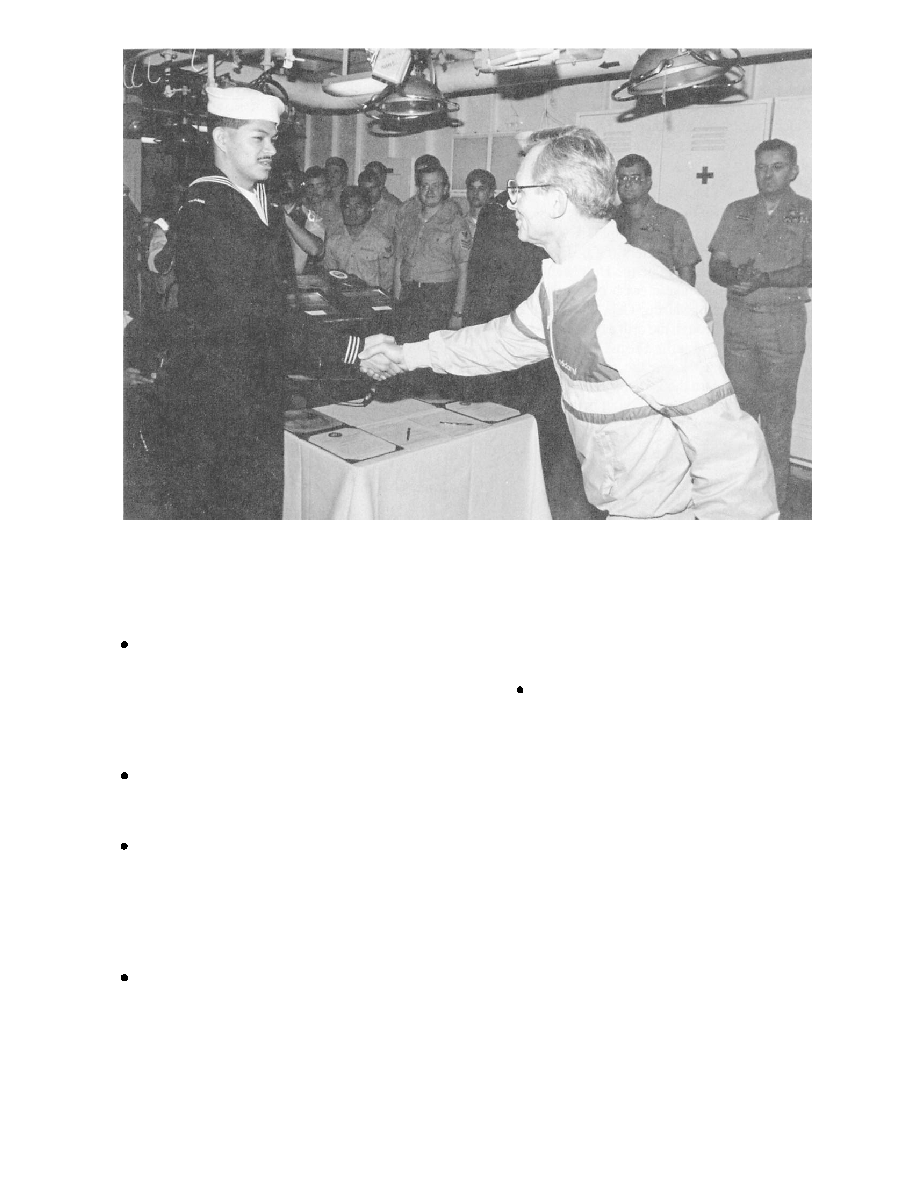
DOFMaster
for Windows
On-line
Depth of Field
Calculator
DOFMaster for Mobile Devices
On-line
Depth of Field
Table
Hyperfocal
Distance Chart
Articles
FAQ
Recommended
Books
Support
Contact
Links
Home
for Windows
On-line
Depth of Field
Calculator
DOFMaster for Mobile Devices
On-line
Depth of Field
Table
Hyperfocal
Distance Chart
Articles
FAQ
Recommended
Books
Support
Contact
Links
Home
As an Amazon Associate I earn from qualifying purchases.
![]()
(fig. 6-6). Regardless of who is presenting the award or
conducting the ceremony (whether it be the division
officer, commanding officer, or the Secretary of
Defense), the recipient is always the center of interest.
presenting the award or conducting the ceremony.
flags, or doorframes. Always view the entire subject
through the viewfinder and adjust your camera angle or
viewpoint as necessary to prevent this compositional
flaw.
hidden, or flash does not fire, always re-shoot the
photograph. When it is not possible to re-shoot
your reputation and the reputation of the photo lab is not.
photographs at a later time. Better planning and
improved communication will normally prevent this
from happening.
matter how exciting the picture may be, it fails unless
the viewer understands the five Ws-Who, What, When,
Where and Why of the photograph. The area of
providing information that the photograph cannot give
photograph. It is your responsibility, as the
photographer, to gather the necessary information and
Basic Photography Course

As an Amazon Associate I earn from qualifying purchases.
WWW.DOFMASTER.COM
© 2006 Don Fleming. All rights reserved.
© 2006 Don Fleming. All rights reserved.